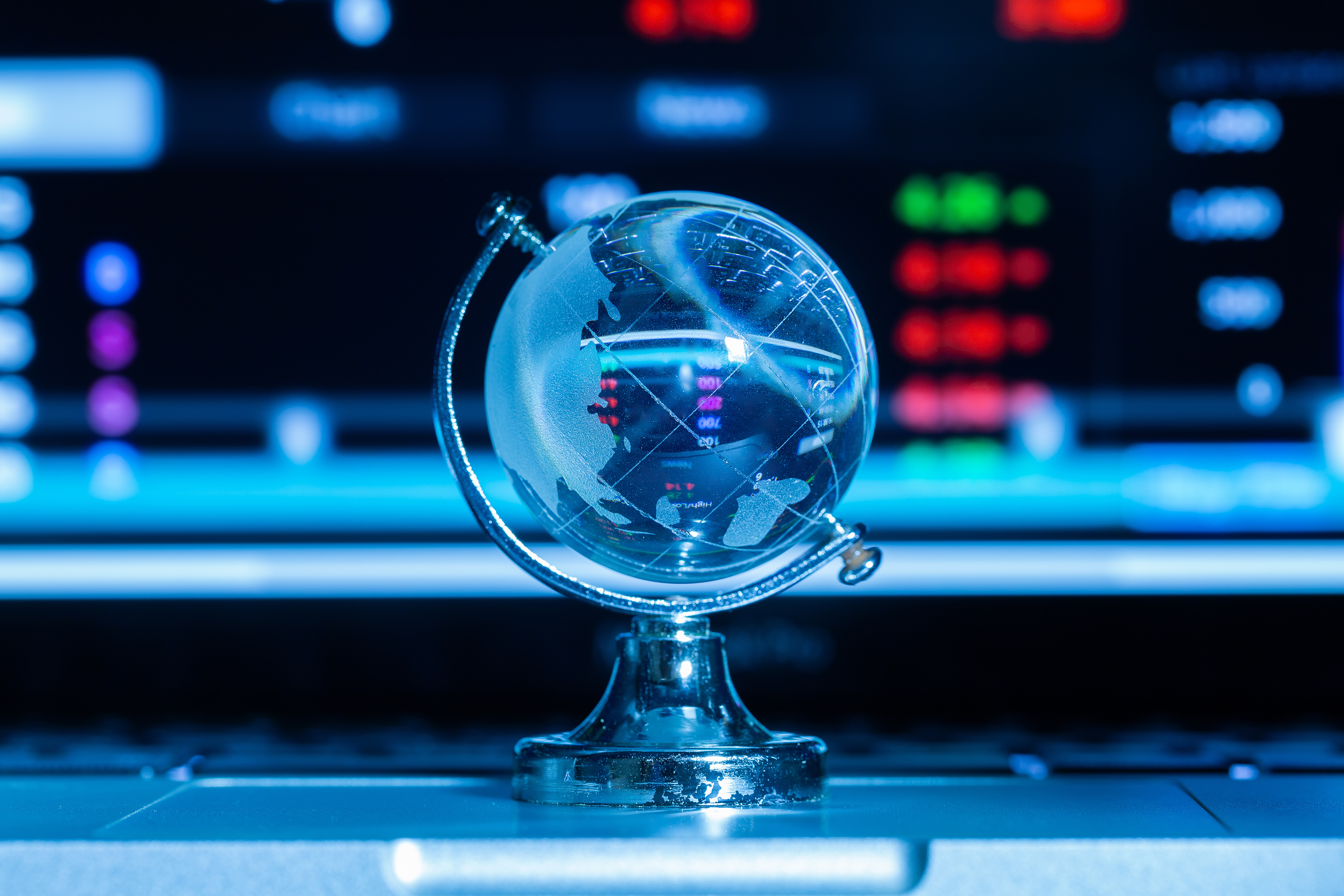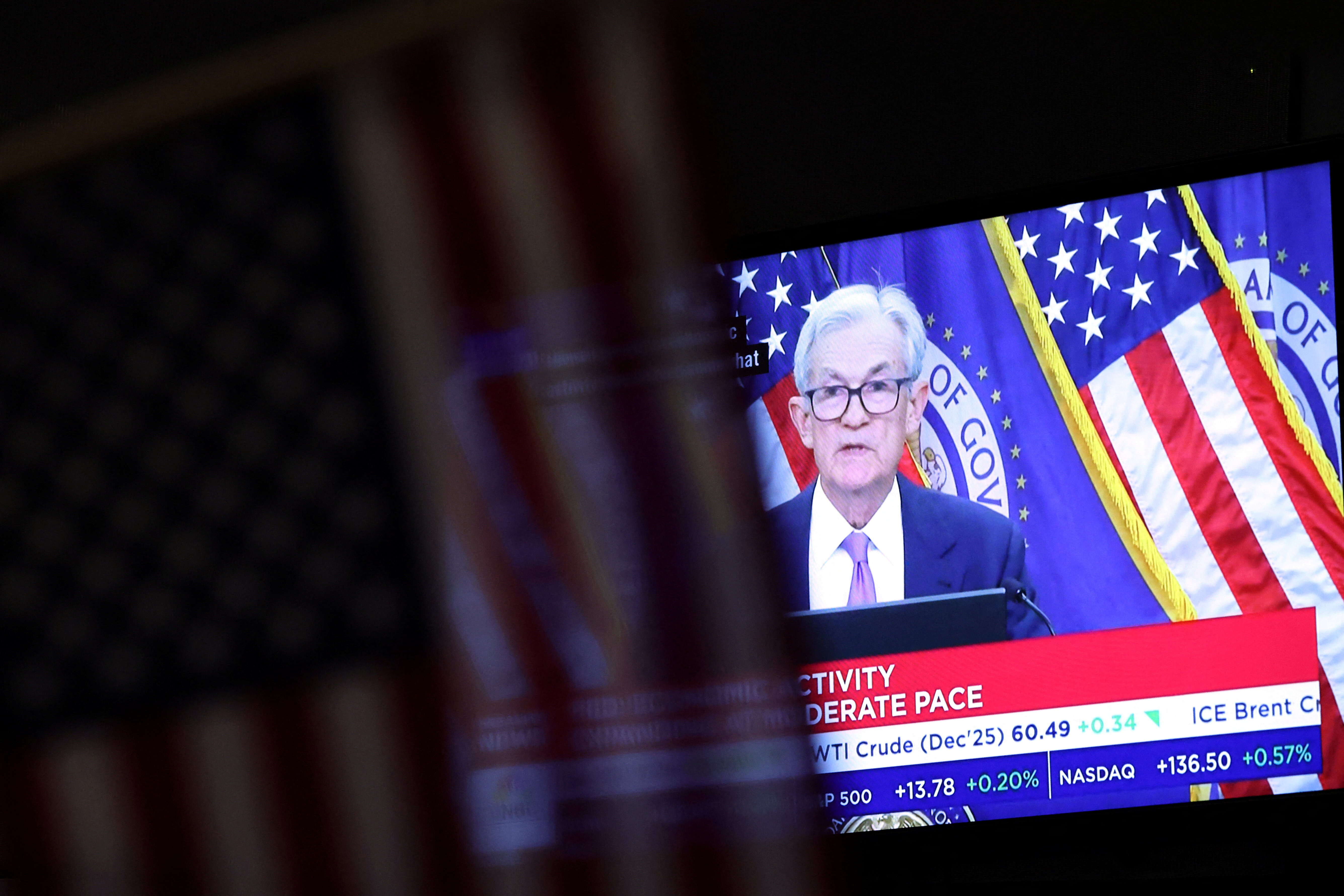Liveblog: Pursuing the Asian Century

Stay up to date:
ASEAN
Join Ian Bremmer for a live discussion and analysis as this session unfolds including tweets, graphics, video and commentary.
How can ASEAN use its rising economic and geopolitical stature to ensure regional stability and consistent economic growth?
Dimensions to be addressed:
- Increasing engagement with the United States
- Enhancing China’s role as economic partner and strategic competitor
- Competing for natural resources and resolving territorial disputes
Don't miss any update on this topic
Create a free account and access your personalized content collection with our latest publications and analyses.
License and Republishing
World Economic Forum articles may be republished in accordance with the Creative Commons Attribution-NonCommercial-NoDerivatives 4.0 International Public License, and in accordance with our Terms of Use.
The views expressed in this article are those of the author alone and not the World Economic Forum.
Forum Stories newsletter
Bringing you weekly curated insights and analysis on the global issues that matter.
More on Financial and Monetary SystemsSee all
Jaime Magyera
November 13, 2025
Julie Iskow and Kim Huffman
November 11, 2025
Daniel Tannebaum and Seth Borden
November 11, 2025
Pedro Leitao
November 5, 2025
Aimée Dushime
November 4, 2025
Rebecca Geldard
October 31, 2025











and that’s all from me. be sure to tune in for the opening ceremony in an hour’s time.
a big thanks!
-ian